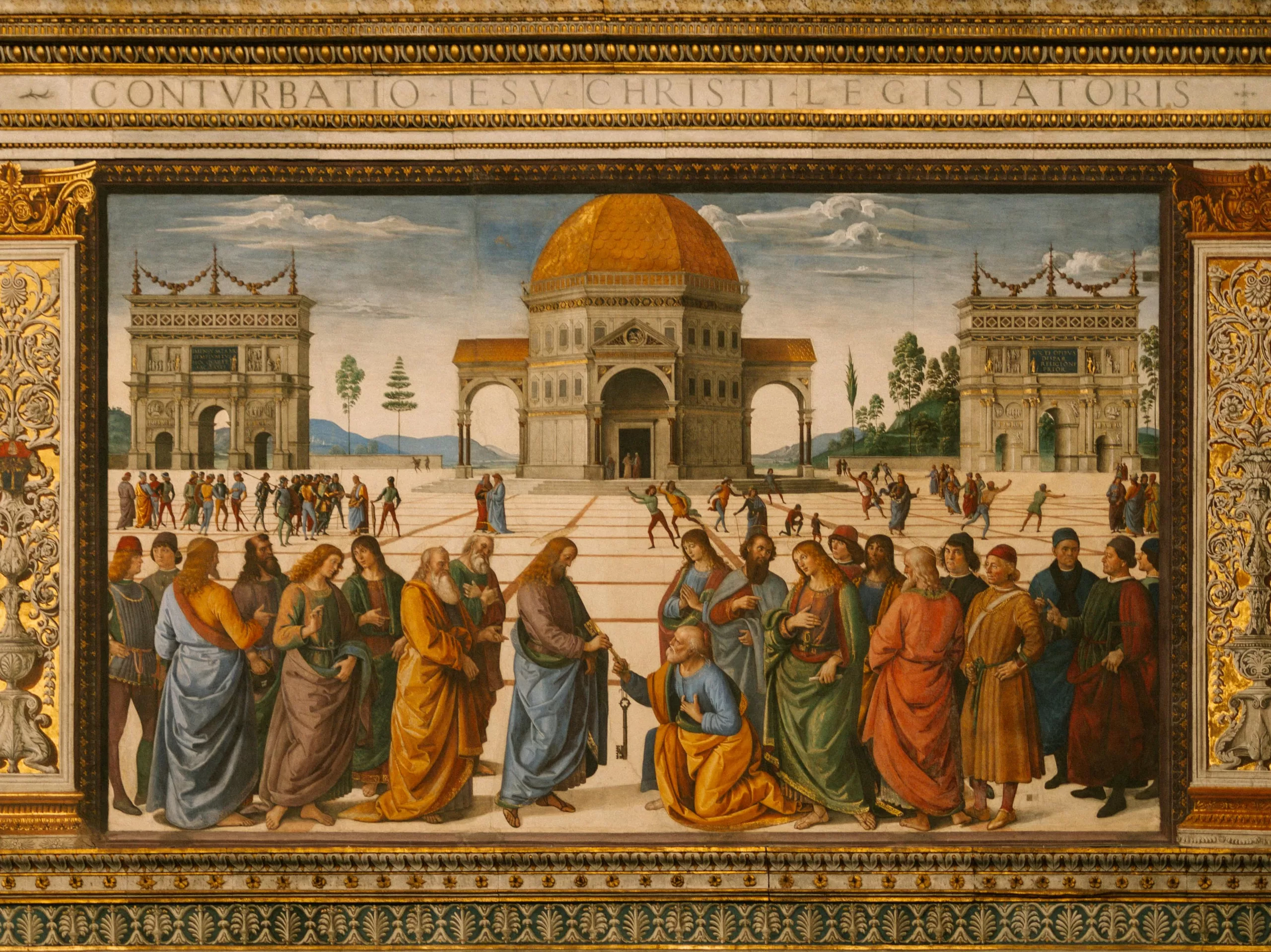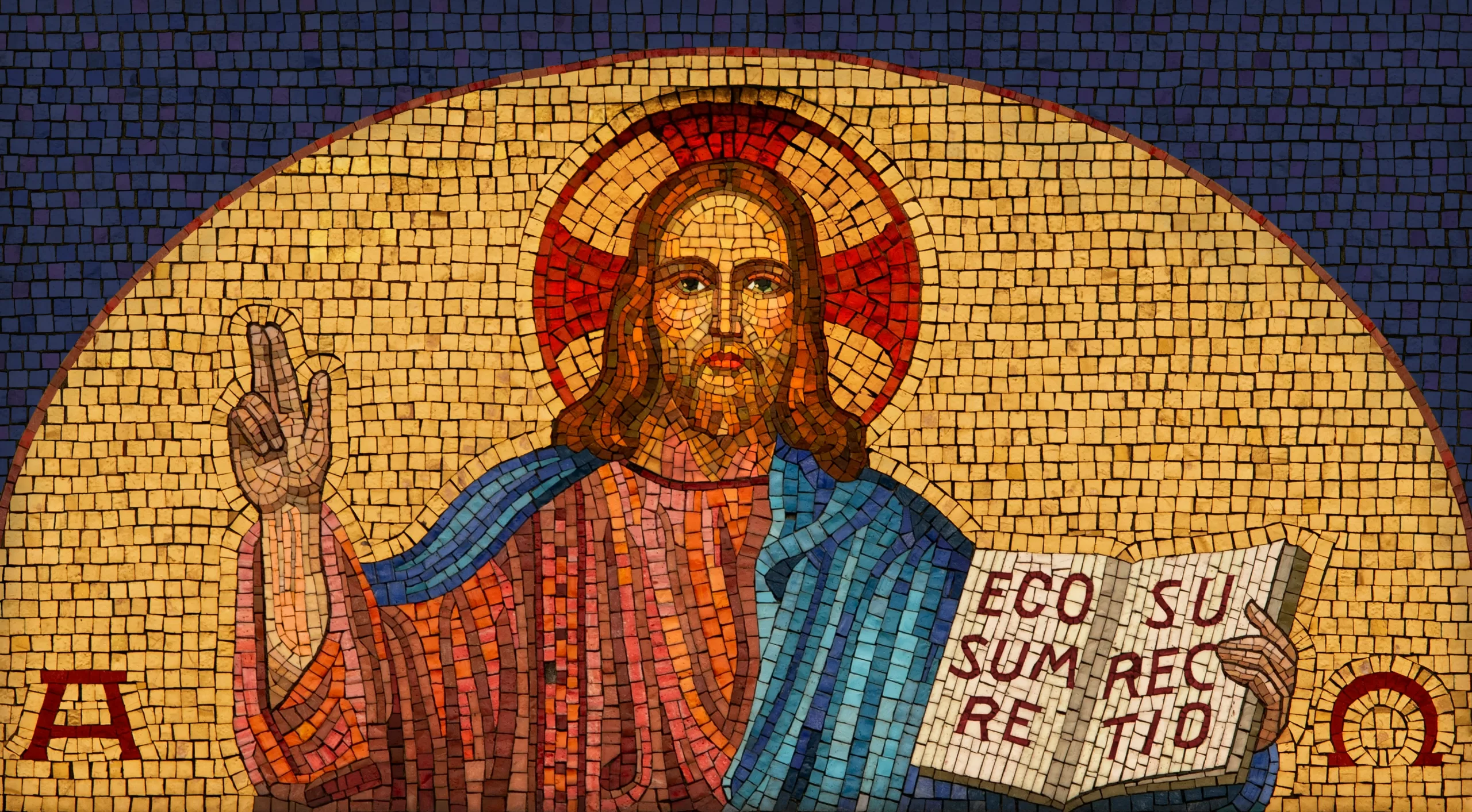Cast iron is made by pouring molten iron into a mold, and once hardened it takes on its form. Forged iron is made by heating iron to soften it and applying force to change it into the shape of the object you are creating. Cast Iron is cheaper but significantly weaker than forged iron. At first glance, it seems odd that the iron hammered is stronger than the iron poured into a mold. This pattern seems to repeat itself throughout much of reality.
The pattern load, force, or stress applied to matter strengthens it. The stimuli must be high enough to stimulate the growth and restructuring of the object but low enough not to destroy it. This pattern may not be completely universal, but it is alarmingly consistent.
Starting with raw materials such as steel, we see it repeat with plants. Trees that grow in windy environments adapt by growing stress or reaction wood. Reaction wood is grown to bend the tree back up to endure the wind or other forces and protect the tree.
This also applies to humans. On a physical level, when we load our muscles, connective tissue, and even bones, they become stronger and denser. This is fundamental to what working out does: we stimulate stress, and our bodies react by building back stronger. Even ancient myths, such as loading the spine as dangerous are being dispelled with new knowledge pointing to all of the body responding in this way. Our immune system works in a similar way once threatened by a virus, it creates antibodies after defeating it. This prompts the question that this pattern must occur on the deep cellular level. New studies are showing the positive impacts of fasting on mitochondrial health. When cells are starved of food for extended periods, they become stronger and healthier. This pattern points to a fractal narrative down to the cellular level.
On an intellectual level, we have known this for years, that is the aim of proper education. To expose students to academic content that is more than they can currently handle but not too high that it destroys them. On the psychological level, one of the most effective treatments for fear or anxiety is exposure therapy. Whatever struggle one may have, they slowly engage with it out of their comfort zone step by step until they have conquered it. Even in relationships, we are most intrigued by someone who challenges us to be better than we currently are. In the classic example of a Christian romance, a man is forced to grow in virtue to be worthy of the beauty of the woman he has fallen for.
When a pattern is discovered in the world, it prompts us to see if it applies to spiritual realities and is in accord with the Biblical corpus. We see this pattern repeated all through the Bible. A few examples are the desert wanderings, the seraphim serpents, St. Paul’s letters encouraging embracing hardships, and the death and Crucifixion of our Lord Jesus on the cross.
On the journey through the desert, the Israelites are brought to the edge of the promised land. They doubt that the Lord will deliver it into their hands and refuse to enter the land. God punishes them for lacking trust by making them wander in the desert for 40 years. This 40-year period serves as a time of purification and struggle for them to be purged of their distrustful and fickle hearts. After 40 years the next generation purified through the time in the desert trusts God and takes the land.
During these 40 years of wandering in the desert, the Israelites speak against God and Moses; then God sends fiery serpents to bite them. The people repent, and God prescribes His Cure by telling Moses, “And the Lord Said to Moses, “Make a fiery Serpent and set it on a pole, and everyone who is bitten, when he sees it shall live.” (Numbers 21:8) The Lord doesn’t remove the serpents or cure the people instantly but instead asks them to gaze upon and conquer what has tormented them. It rings back to the idea that we grow stronger through encountering and overcoming tribulations.
In 2 Corinthians Chapter 11 and 12, St. Paul speaks about all the struggles and challenges he has endured for the sake of the Gospel. “Are they servants of Christ? I am a better one — I am talking like a madman — with far greater labors, far more imprisonments, with countless beatings, and often near death. Five times I received at the hands of the Jews the forty lashes less one. Three times I was beaten with rods. Once I was stoned. Three times I was shipwrecked; a night and a day I was adrift at sea;” He goes on listing his struggles and hardships but ends by boasting about them, declaring that these struggles, beatings, and weaknesses make him strong.
All these examples and patterns culminate in the center of our Faith: the crucifixion and resurrection of Jesus. Jesus takes upon sin and death. The two great fears and inevitable realities of humanity are the mortality of man and malevolence. Jesus embraces both as the perfect man; He seems to be consumed by them but rises victorious as the conqueror. Jesus saves humanity by contending with and entering the depths of our fears and brokenness, transforming them into the vehicle of life and sanctity.
The pattern is fulfilled in Christ’s complete defeat of sin and death. The pattern of what harms or challenges us holds the key to life once defeated. Or, as the old saying goes, “Behind every Dragon is a treasure.” Jesus saves man and offers him life through faith and entering into the same struggle of carrying our cross. Jesus says, “Deny yourself, take up your cross, and follow me.” He also says, “Those who save their life will lose it, but those who lose it for my sake will save it.” The Christian trusts in the love of God by keeping his faith through all temptations and tribulations. The promise of joining Christ on the cross is that we shall join Him in the resurrection. There can be no resurrection without death.
Just as cast iron is weak because it has not been beaten, so our virtue and faith only grow through challenges and struggles. There is no mold for holiness or sainthood we can pour ourselves into. We only achieve virtue and holiness through the sacraments and faithfulness to God through the Church in the struggles of life. A common term in our culture that attracts clicks: “Life Hack.” The term stems from video games where a glitch creates an easy way to beat a level through a hack in the game. The idea is to do the same thing in life: if you find the hack, everything is easy. It is a ridiculous idea that I would argue is anti-Christian, anti-human, and infantile. Thinking we can manipulate reality to achieve our ends without entering into the battle of life sounds like the view of a pagan and a coward. There is no hack, but there is a savior, Jesus. Jesus offers us life through accepting Him and entering into the terrible and beautiful adventure of life He calls us to.
John R Barnett, Joseph Gril, Pekka Saranpää. The Biology of Reaction Wood Introduction. TheBiology of Reaction Wood, pp.1 – 11, 2014, 978-3-642-10813-6. Hal-01452015
Palmer, Christopher M. Brain Energy: A Revolutionary Breakthrough in Understanding Mental Health–and Improving Treatment for Anxiety, Depression, OCD, PTSD, and More. BenBella Books, Inc, 2022.



